In 1823, while John Constable was painting winsome views of Salisbury Cathedral, Delacroix was romanticising orphans in cemeteries, and Turner was having a stab at the sublime; thirty Irish artists sent a petition to the government asking for recognition for an Irish Academy of Arts. King George IV obliged.
To mark its 200th birthday, the Royal Hibernian Academy (RHA) has put together a year-long programme, including commemorative stamps with An Post, a blue plaque for their original home on Lower Abbey Street, and a series of events and exhibitions: the largest of which will be the Annual, opening to the public on May 22nd. They have also done a fair amount of soul-searching.
The 200 years of the Royal Hibernian Academy’s history encompasses times of great change. The Famine, two World Wars, and the foundation of the Irish State are just some of the events that shook these shores. During the Easter Rising, the original RHA building and entire Annual exhibition were destroyed by fire.
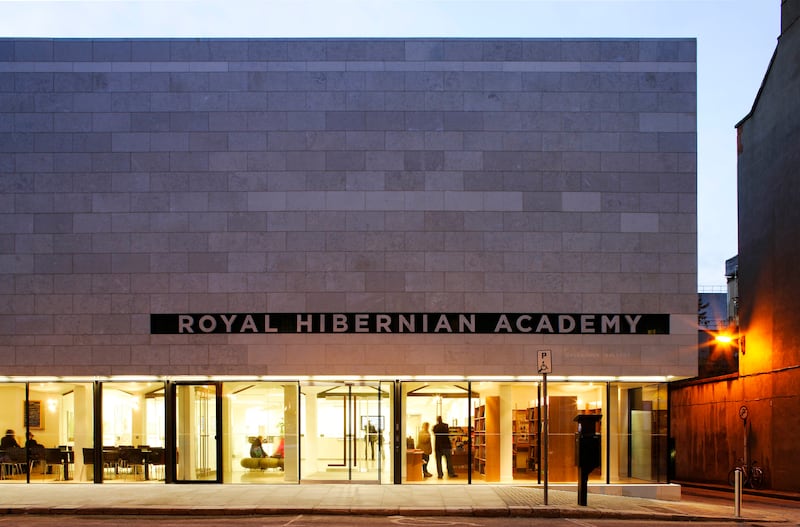
Another more drawn-out process was the emancipation of women and it is a key theme in the bicentennial events. As director Patrick Murphy says, there is a “self-criticality” to the programming. This is evident in the title of an exhibition to be held at the National Gallery of Ireland, opening in July. “It Took a Century”, refers to the 100 years that passed before the RHA elected a woman member: Sarah Purser; and the further century before Abigail O’Brien became the first woman president. The membership is now just two spaces short of gender equality.
While Murphy is the director, the RHA is run by its members, all of whom are artists and architects. They advocate for artists and propose and elect new members. Once elected, you are in for life. As the membership is capped at 30, this means it can take quite a long time for cultural changes in society and the arts to filter through. One of the smaller, but significant highlights of the bicentennial year is a Bill, before a Dáil committee, to increase the membership to 55.
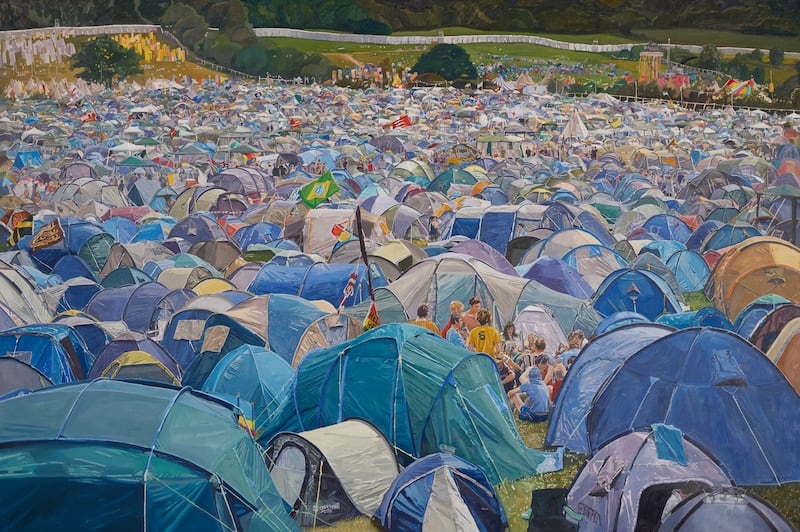
The Amendment of Charter Bill also asks that meetings should be allowed to take place outside Dublin. Why the need for a Dáil committee? When you’re a venerable institution with a royal charter, you can’t just decide to do things differently … Well, actually, you can: as an arts organisation, the RHA can get a little frisky with convention from time to time, and the first assembly meeting to be held outside Dublin has already taken place, last February in the Sligo’s Model. “While the hub in the city is historic, the only thing you need the city for as an artist is the market, and exposure,” says Murphy. “It’s not necessary for creativity.”
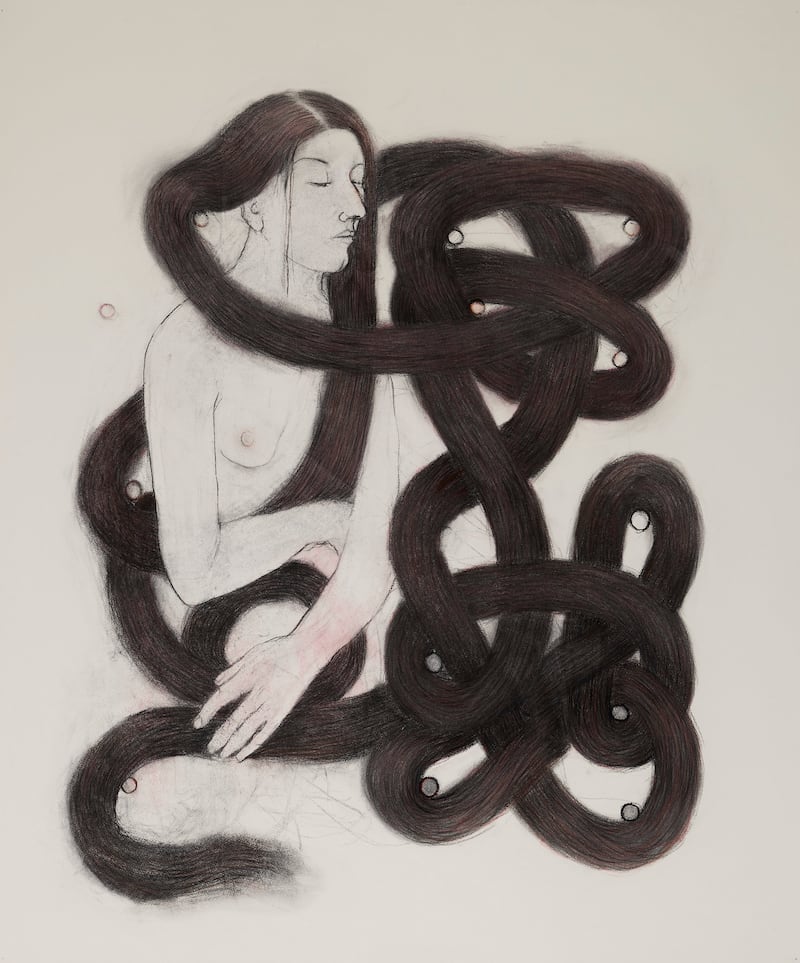
Paying, as he puts it, “respect to the west of Ireland for all the inspiration it has brought to artists over two centuries, and a commitment to the whole country, rather than just Dublin” some of the focus of the birthday events has shifted to Mayo. Still, Murphy continues, in reference to rising costs and the housing crisis, “we don’t want cities to be denuded of artists”. The RHA run studio spaces at Ely Place, as well as the IPUT Wilton Park studios on Lad Lane, the Tony O’Malley Residency in Callan, Co Kilkenny and further residencies on Clare Island and Inisheer.
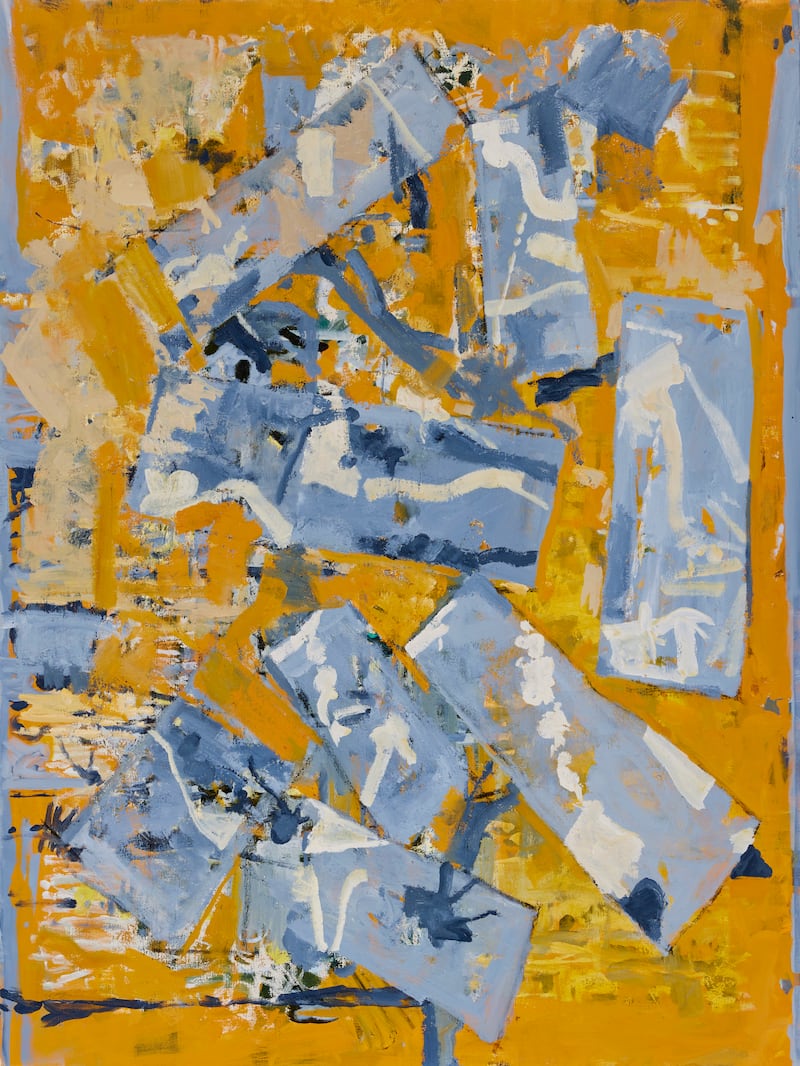
Still, from next week, all eyes will be on the Ely Place galleries as the Annual kicks off. The Annual is Ireland’s longest-running and largest exhibition of visual arts, and this year, from approximately 4,600 submissions, 560 artworks have been selected, with the work of more than 350 artists on show. The submissions are judged anonymously, although members get to show six or seven works (depending on seniority). You might imagine that could result in something of a land grab for wall space, with members putting in the maximum number of enormous works.
That may occasionally happen, but it’s not a good look and so is seldom repeated. It’s rare, agrees RHA secretary Una Sealy. “It’s respectful, as is the selection process. There have been some ‘lively’ discussions, but I never found it fractious. You can be very sad that something you advocated for didn’t make the grade, but that’s how it works,” she adds. “It’s a privilege to be on the panel, but it’s quite a responsibility, and you can make yourself really unpopular. It’s risky for the more established artists to put in for open submission because no one likes to get rejected. I’ve been there, it really stinks,” she concludes.
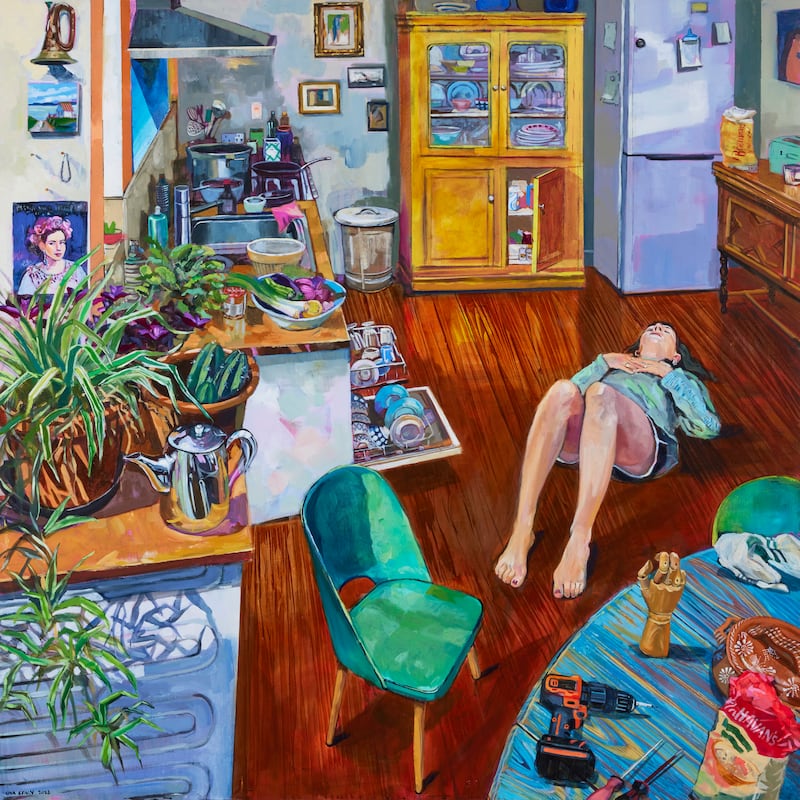
While the best art is timeless, artists respond to the times we’re in, and the Annual is always a good opportunity to see what’s occupying their minds. According to Sealy, the “Covid works”, which characterised previous years: including views through lonely windows, images of distanced figures and people in masks are gone. Works are larger, and feel more ambitious. It’s also culturally far more diverse than ever before.
[ How to talk intelligently about art: You don’t need to use millions of syllablesOpens in new window ]
RHA president Abigail O’Brien’s first brush with the academy was as an art student in Dún Laoghaire. “I submitted a work to the Annual and got accepted,” she recalls. While she was delighted, it was another story with some of her tutors. “According to one, it was an absolute disgrace that I would even consider myself, as a student, worthy of having a work in the Annual.” Times have changed, with many students successfully submitting, and O’Brien’s iconoclasm is a good fit for the RHA, which has gone through periods throughout its long history of being considered staid and stale, even downright reactionary at times.
Not so these days. Find a quick, and illuminating gallop through the institution’s timeline on the RHA’s own website, while John Turpin’s two-volume History of the Royal Hibernian Academy of the Arts, published in 2018 adds extensive depth. To mark the bicentenary, Cristín Leach has been commissioned to write an alternative view. Her From Ten Till Dusk is subtitled “A Portrait of the Royal Hibernian Academy of Arts in Twelve Stories”. Due to be published in June, it is a joy. Taking an experimental format, it draws out, and frequently fictionalises the threads that run through the lives of those involved, to create an eclectic portrait of a place, the times, and the people who make the art.

From imagined breakfast conversations to verbatim newspaper reports and reviews, we move from the first Annual, which includes some works described as “execrable daubings,” to the relationship between Walter Osborne and his artist sister Violet. In a poignant chapter, the limitations of Violet’s life, and her death in childbirth, spur Walter on to champion women’s inclusion into the RHA, prior to which, as Leach writes, “women can only dwell in the life room nude: the subject and not the maker”.
While true artistic legacies are those which stand the test of time, institutions survive by changing, and it is people who make those changes, from within and without. The RHA has survived dissent, debt and the doldrums, and it has also championed, celebrated and supported artists as vital voices throughout the evolving story of modern Ireland. O’Brien points to RHA programmes, such as the bursaries distributed during Covid, the work of the RHA School run by Colin Martin and its outreach education projects.
[ Royal Hibernian Academy: a struggle across centuriesOpens in new window ]
“The challenge for the next 100 years? I’d like to see more diversity. And I’d like to see more critical writing in the media, and on radio and television about the arts. The RHA Annual Exhibition should be up there in people’s minds with the ploughing championships.” She laughs as she imagines news bulletins on car parking and traffic management ahead of the event. Find out yourself, when it opens to the public next week. At the very least you won’t be up to the top of your wellies in mud, unless an artist has made an installation of course.
The 193rd RHA Annual runs from May 22nd to July 30th, rhagallery.ie
The RHA at 200: What’s On
Some of the exhibitions and events taking place this year:
RHA Architect Presidents: showcasing the work of the presidents of the Royal Hibernian Academy who came from the field of architecture, at the Irish Architectural Archive from May 12th to December 21st. iarc.ie
It took a Century: Women Artists and the RHA. Exhibiting works by every woman member of the RHA, from the first — Sarah Purser, to the first woman president — Abigail O’Brien, at the National Gallery of Ireland from July 1st to October 22nd, nationalgallery.ie
RHA Ballinglen Fellows Exhibition: including works of art from the RHA’s permanent collection at the Ballinglen Museum of Art, Co Mayo, from July 29th to September 28th.
RHA West: an exhibition of the work of all current members at the gallery in Ballina Civic Offices. Including weekly masterclasses, demonstrations and talks, in collaboration with Ballina 300 and the Ballina Arts Centre, September 7th to October 30th, rhagallery.ie
Festival of Making: ten days of workshops, demonstrations and talks at the Royal Hibernian Academy, led by the RHA School and Studio Programme. Open to all, October 20 to October 30, rhagallery.ie
Look out too for solo shows at the RHA by Alan Butler, August 24th to October 1st, and John Kindness, November 17th to January 28th, 2024, rhagallery.ie




















